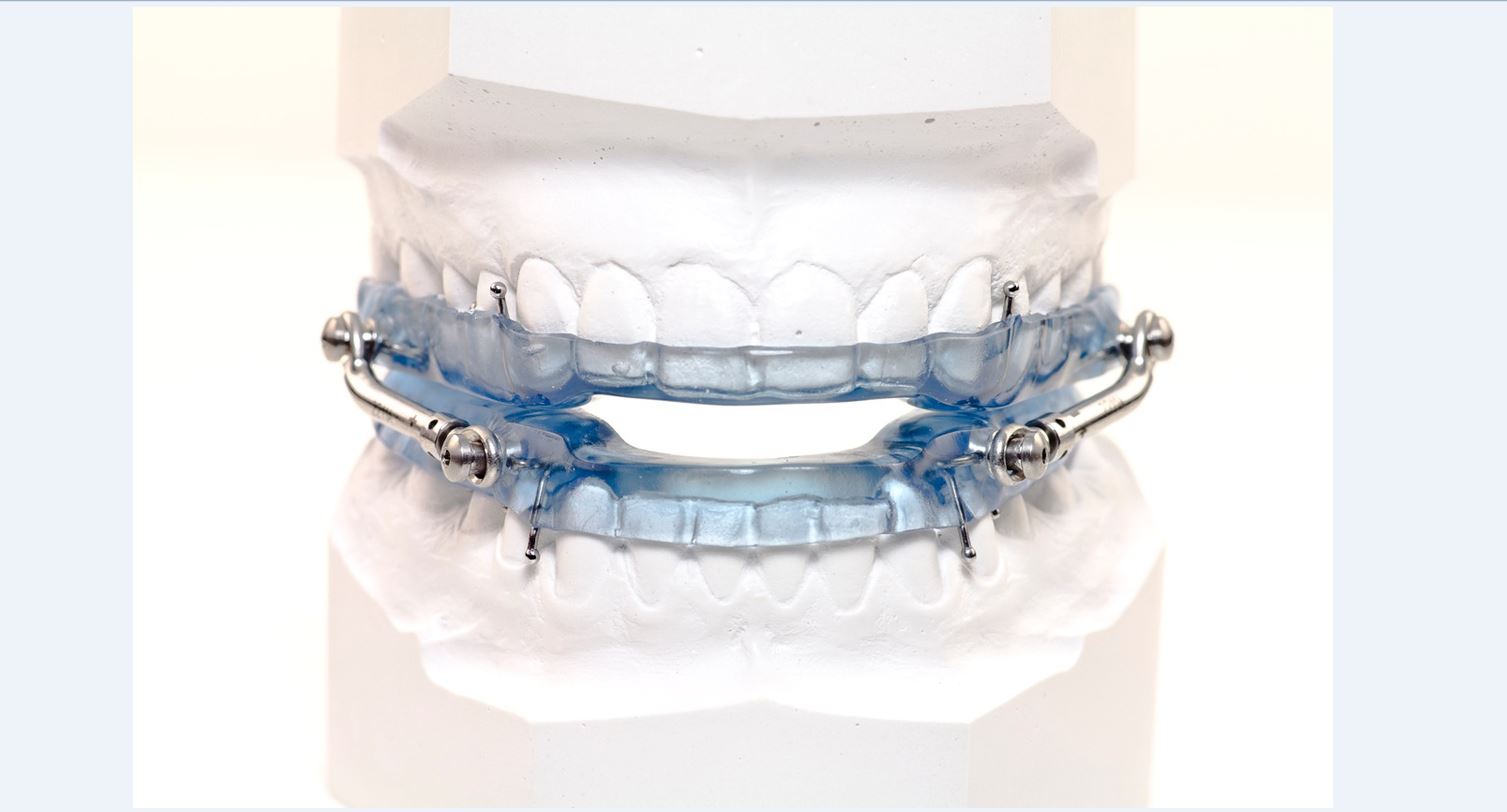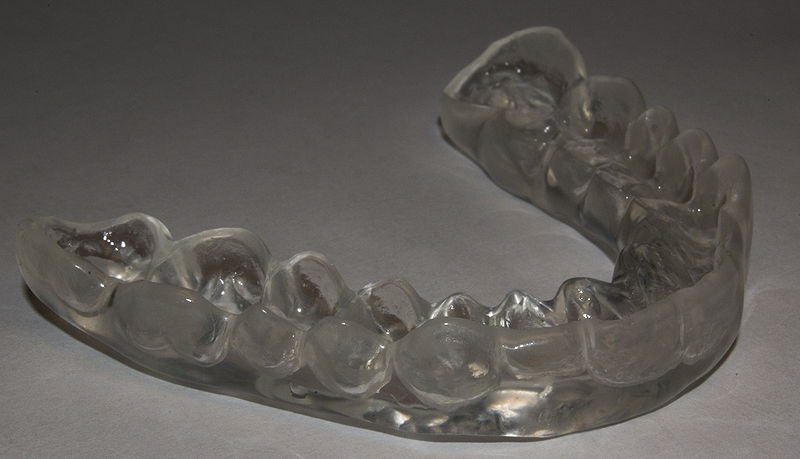The benefits of NOSE BREATHING
The ON6 is basically the ON3 with nasal pillows. It contains the anterior discluding element that reduces force of contraction, the rim that prevents retrusion of the mandible, the hole for the tongue to protrude, as well as the nasal pillows.
The collapse of the soft tissue Alar rim and the Columbella can block up to 90% of the nasal airway. It is the narrowest portion of the nasal airway. You can determine the need for the  nasal pillows by performing the Cottel’s maneuver.
nasal pillows by performing the Cottel’s maneuver.
The Cottle’s maneuvre (CM) is a test in which the cheek on the side to be evaluated is gently pulled laterally with one to two fingers to open the valve. If the patient reports a greater than 25% increase in nasal airway flow then this should be your choice of appliance over an ON3.
This appliance is indicated for patients that you suspect have a breathing disorder, including a nasal obstruction. These patients may also have the symptoms of locking during sleep due to the parafunctional bruxism.
Nasal airway resistance and BMI are the greatest factors for success with oral appliance therapy for sleep disordered breathing.
Nasal Resistance and Sleep Apnea Treatment Influence of Nasal Resistance on Oral Appliance Treatment Outcome in Obstructive Sleep Apnea
It has been recognized that nasal airway resistance (NAR) is elevated in patients with OSA. However, little is known regarding the influence of nasal resistance on mandibular advancement splint (MAS) treatment outcome in OSA patient. We hypothesized that nasal resistance differs between MAS responders and non-responders and therefore may influence treatment outcome. Thirty-eight patients with known OSA under-went polysomnography while wearing a custom-made MAS.

ON6 appliance can be fabricated with a Comfort Thermoform placed on the lower anteriors. This ensures maximum comfort.
The nose and OSA: variable nasal obstruction may be more important in pathophysiology than fixed obstruction.
The nose is the primary route of breathing in mammals and serves important physiological functions, which include heating, humidification and filtration of inspired air.
Nasal breathing has a stimulant effect on breathing and has been reported to be associated with a higher minute ventilation and flow rate compared with mouth breathing.
Upper airway dilating muscle activity has been reported to be higher during nasal compared to oral breathing, the effect was eradicated by nasal surface anaesthesia, indicating a local reflex mechanism.
“These appliances are indicated for soft tissue hypertrophy of the inferior turbinates that is improved with “malar lifting??? with finger pressure that improves the nasal breathing greater than 25%, by patient’s evaluation.???

TAP your patient into a good nights sleep .
READ PROFILE
The Herbst Appliance has been proven to be effective on chronic snoring and mild to moderate Obstructive Sleep Apnea sufferers. This appliance allows patients to move laterally and vertically without disengaging the appliance. Also, if it is determined that the initial position does not provide the anticipated relief of […]
READ PROFILE
Flat Occlusal Plane to Decompress The TM Joint – worn at night
READ PROFILE